Ultrafine Particle Monitoring
with a Water-Based Solution from TSI
Two European standards for ambient monitoring of particle number concentration (EN 16976, formerly known as the Technical Specification CEN/TS 16976) and size distribution (CEN/TS 17434) require butanol-based Condensation Particle Counters (CPCs). Water-based CPCs have, however, been used in ambient monitoring for years.
TSI offers a full solution that includes sampling, drying, and diluting the aerosol, as well as measurement of relative humidity and temperature, particle number concentration, and particle size distribution.
For questions, Contact Us or click a product below to Request a Quote!
Particle Sampling
Any measurement can only be as representative as the sample that has been taken for analysis. As is the case with any other scientific endeavor, care must be taken to ensure that the aerosol sample delivered to the particle instrument is representative of the aerosol one wishes to characterize. Specifically, the sampling and conditioning process should aim to preserve the size distribution and concentration of the sampled aerosol as much as possible.
A sampling system includes several components: a PM10 sampling head, a sampling tube, a cyclone, and a dryer. Use of the cyclone is optional, and depends upon the size distribution of the aerosol to be sampled.
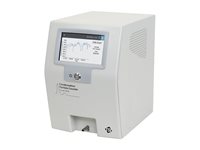 Particle Number Concentration Measurement
Particle Number Concentration Measurement
Condensation Particle Counters (CPCs) are designed to measure the number concentration of airborne particles. CPCs can detect particles as small as a few nanometers in size (depending upon the design of the CPC), and have been used to monitor ambient air globally for years.
Water-based CPCs have the distinct advantage of utilizing an easily available, inexpensive, and safe working fluid – distilled water. Water CPC technology has evolved to provide comparable results to that of butanol CPCs.
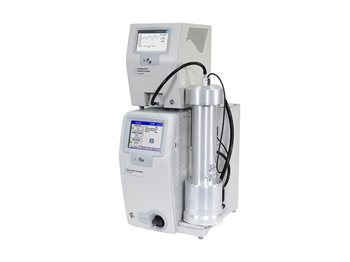 Particle Size Distribution Measurement
Particle Size Distribution Measurement
A Mobility Particle Size Spectrometer (MPSS) measures the size distribution of aerosol particles. It does this by performing several different functions simultaneously in concert with each other:
- Inlet impaction
- Aerosol neutralization
- Mobility classification
- Particle counting
Due to the need to perform all of the above functions (as well as perform the necessary data processing), MPSS systems are complex instruments. Even given this complexity, the TSI SMPS™ can operate unattended on a continuous basis.
Additional Accessories
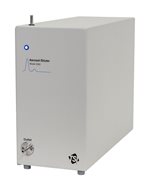 Dilution (optional)
Dilution (optional)
Aerosol number concentrations can vary widely by location. Some locations have both a high particle concentration and a high potential to impact human well-being; for example, traffic junctions, airports, or seaports. In such settings, the very characteristic that makes it desirable to measure ambient particles – their high concentration – makes it difficult to do so. Diluting the aerosol sample prior to measurement can solve this problem.
Dilution is generally not needed in front of an SMPS™ system. For standalone CPCs, it be used when local concentrations exceed that which the CPC can handle in single particle mode.
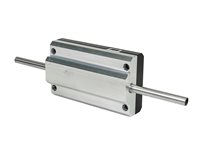 Relative Humidity Measurement
Relative Humidity Measurement
Measuring the temperature and relative humidity (%RH) data in the sampled flow provides valuable data. Regardless of whether the ambient air is very humid or very dry, it is required to ensure that the air sample that enters the CPC inlet meets the requirement of <40% (3%) RH.
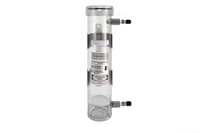 Sheath Flow Dryer (optional)
Sheath Flow Dryer (optional)
Especially for continuous ambient monitoring applications, the utilization of a Sheath Flow Dryer becomes crucial to guarantee the quality of measurements - regardless of whether or not your application involves moderate or high relative humidity (RH) in the measured aerosol.
Software
Once the data are collected, they need to flow from your instrument(s) into your monitoring station system. There are multiple options:
• Your integrator may already have a solution.
• You utilize TSI’s extensive data auto-export, which includes the full range of available instrument status information, aerosol humidity & temperature, particle concentrations, and size distributions (as raw, as inverted concentration, or both).
Contact Us
For further information, please refer to the specification sheets for all system components or submit the below. We will be in touch soon.
 English
English
 汉语
汉语
 English
English
 Français
Français
 Deutsch
Deutsch

